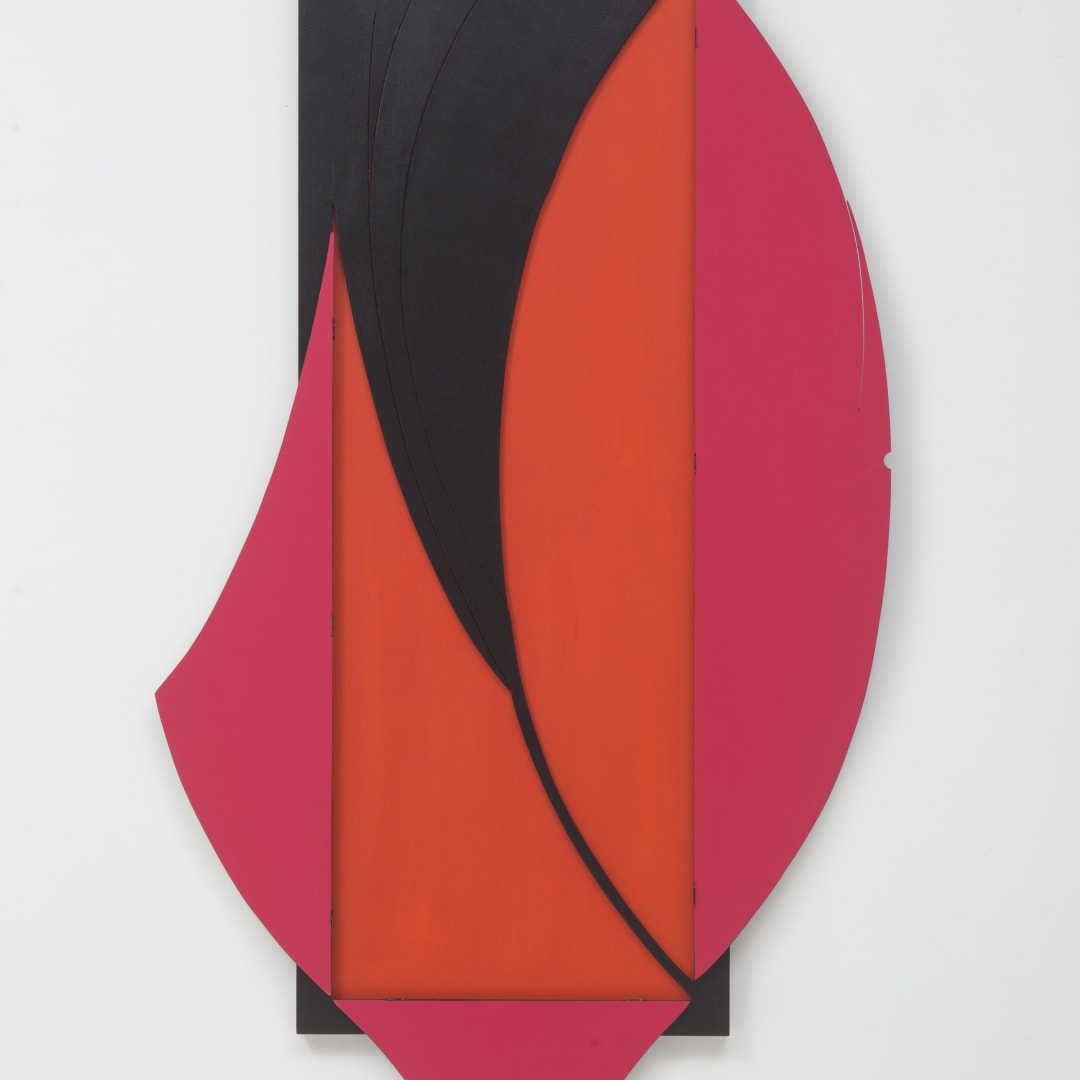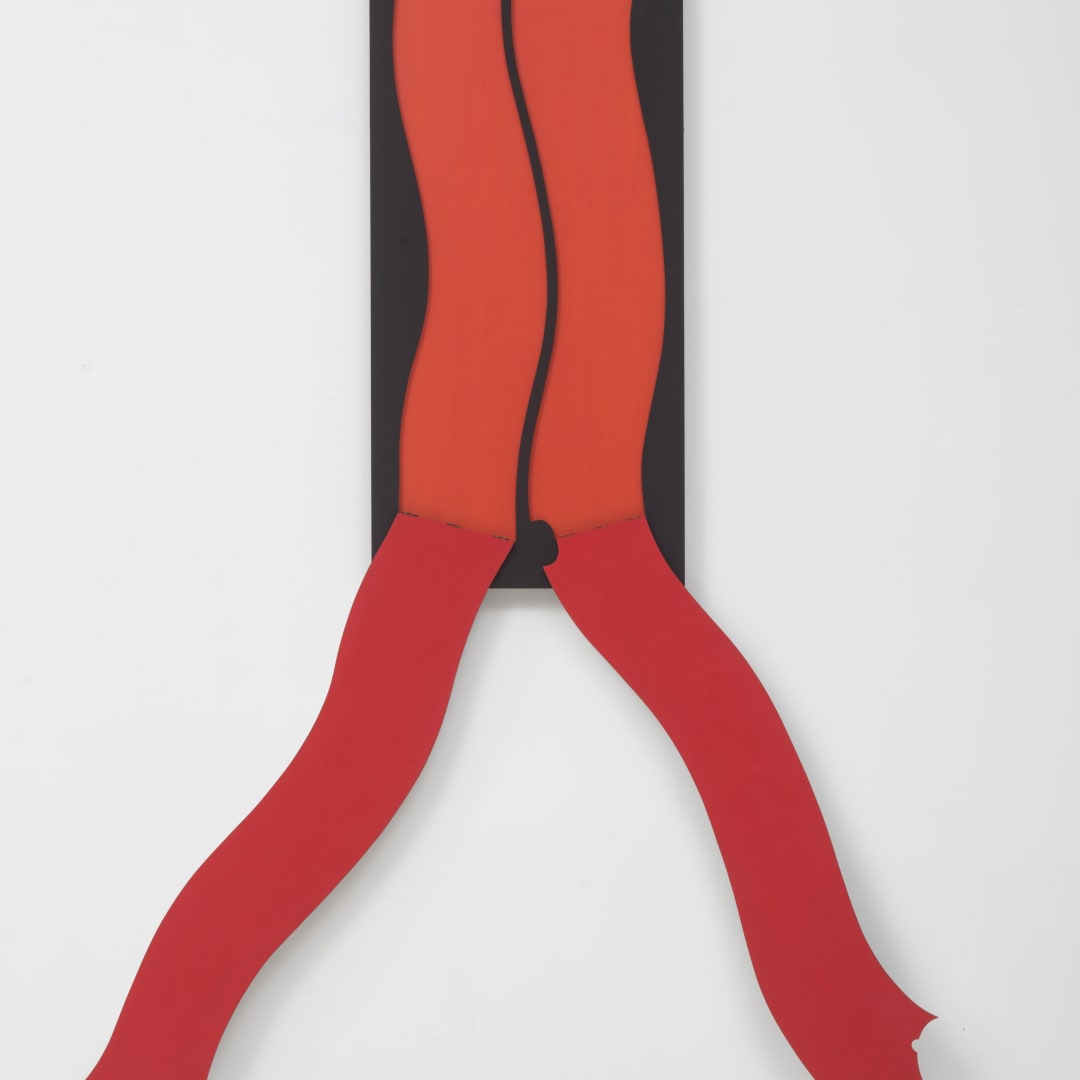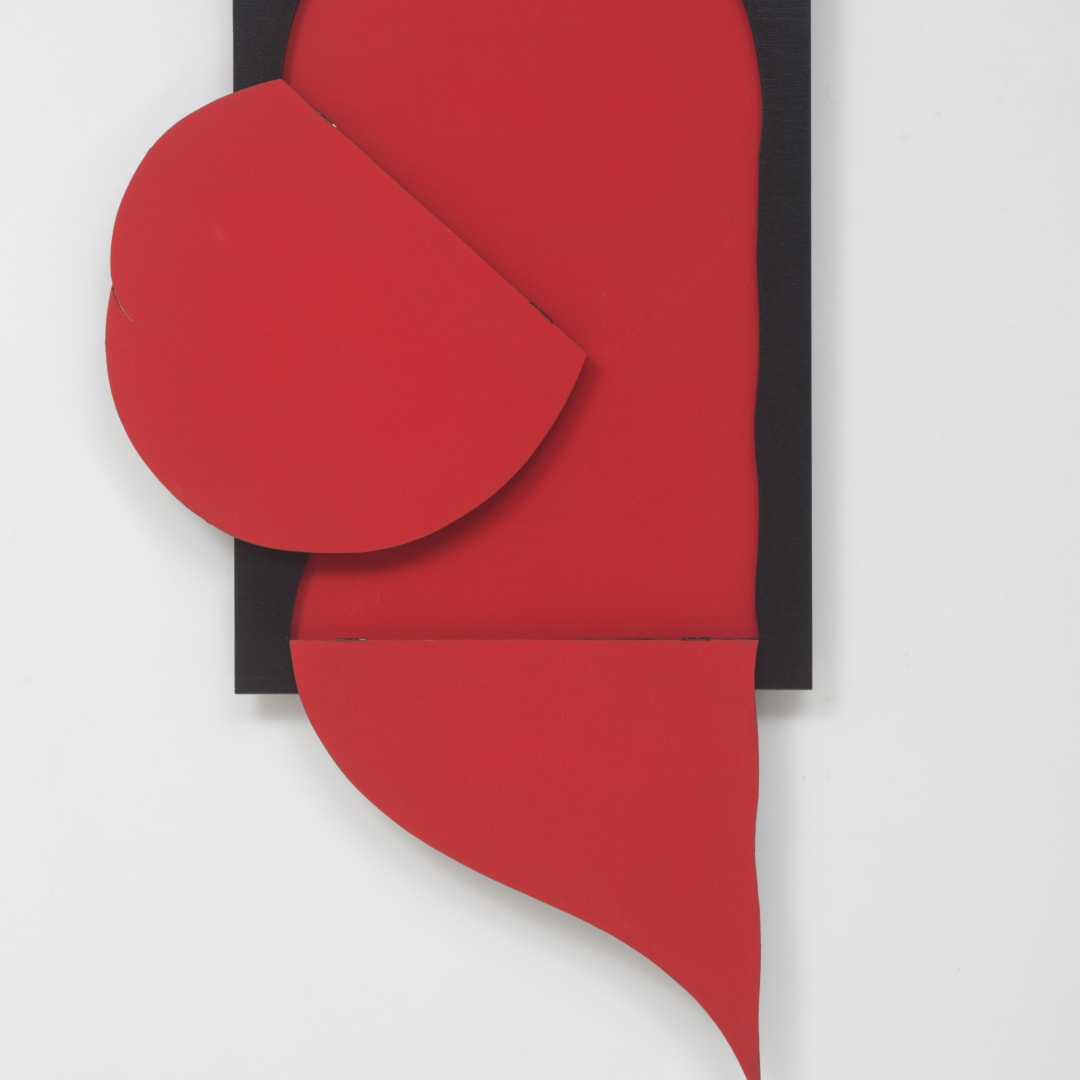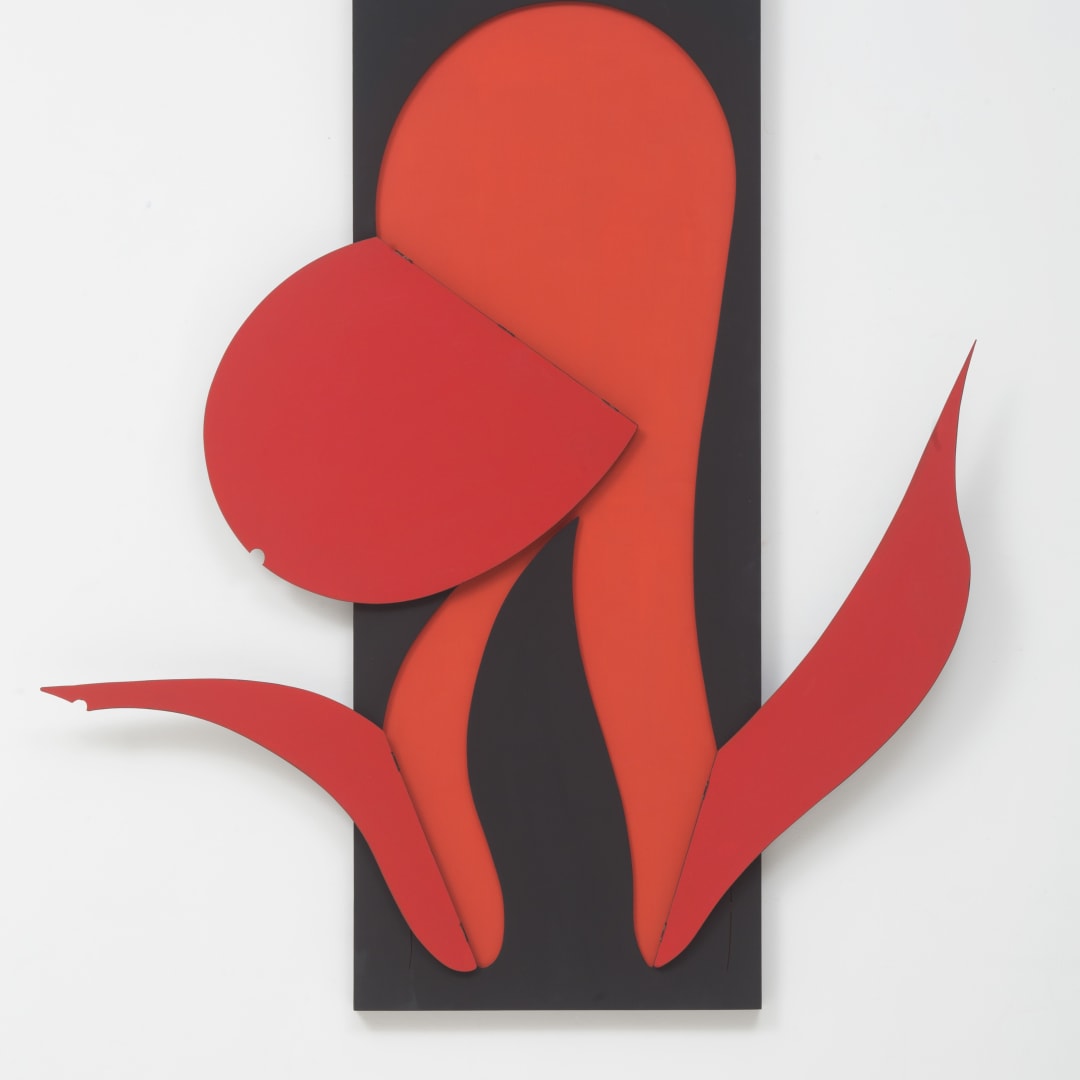Katsumi Nakai (1927-2013) stands as one of the most innovative figures in post-war Japanese art, whose distinctive sculptural paintings bridge Eastern and Western artistic traditions. After establishing himself in Japan, Nakai moved to Milan in 1964, where he became an integral part of the vibrant Italian art scene and developed his signature style of three-dimensional wooden constructions.
Upon arriving in Milan, Nakai quickly became immersed in the city's avant-garde artistic circles, forming close friendships with pioneering artists including Lucio Fontana, Enrico Castellani, and Agostino Bonalumi. His connection with Fontana proved particularly influential, as both artists shared a revolutionary approach to breaking through the picture plane, albeit through different means – Fontana through his iconic cuts and punctures, and Nakai through his architectural wooden constructions. His work found significant support through Galleria del Naviglio and Galleria L'Argentario, two venues that played crucial roles in establishing his presence within the European artistic landscape.
Nakai's artistic practice is characterized by his masterful exploration of space and form through layered wooden elements that extend beyond the traditional picture plane. His works, while appearing geometric and architectural, maintain a profound connection to Japanese aesthetics, particularly in their attention to balance, negative space, and the natural qualities of materials.
Drawing from both the rigorous spatial investigations of European constructivism and the meditative aspects of Japanese design, Nakai developed a unique artistic language that transcends cultural boundaries. His compositions incorporate hinged and moveable elements that transform flat surfaces into dynamic, sculptural forms, inviting viewers to consider multiple perspectives and possibilities within a single work.
This focused exhibition presents four exemplary works from the 1990s, a period that represents the full maturation of Nakai's artistic vision. During this decade, his practice reached new heights of refinement, combining the technical precision he had developed over decades with an increasingly sophisticated approach to color and spatial relationships. These works showcase his characteristic use of painted wood constructions, featuring the subtle color modulations and precise geometric forms that defined his later period.
The selected pieces demonstrate Nakai's masterful ability to create works that seem to defy categorization – neither purely painting nor sculpture, but existing in a realm of their own. Each piece invites careful contemplation, revealing new relationships and spatial possibilities with each viewing. Through these works, visitors can experience firsthand the artist's unique contribution to the development of three-dimensional painting and his enduring influence on contemporary artistic practice.



